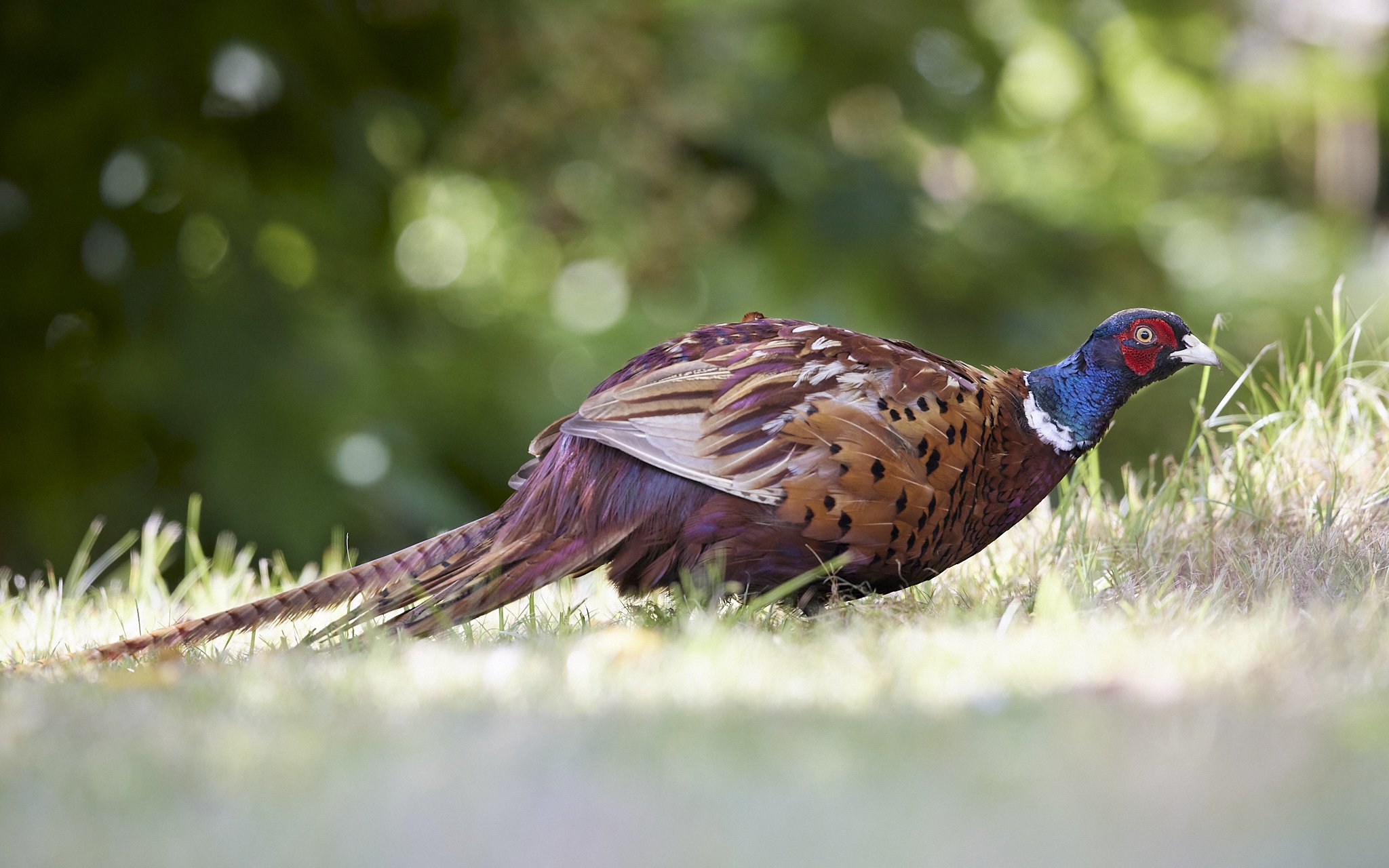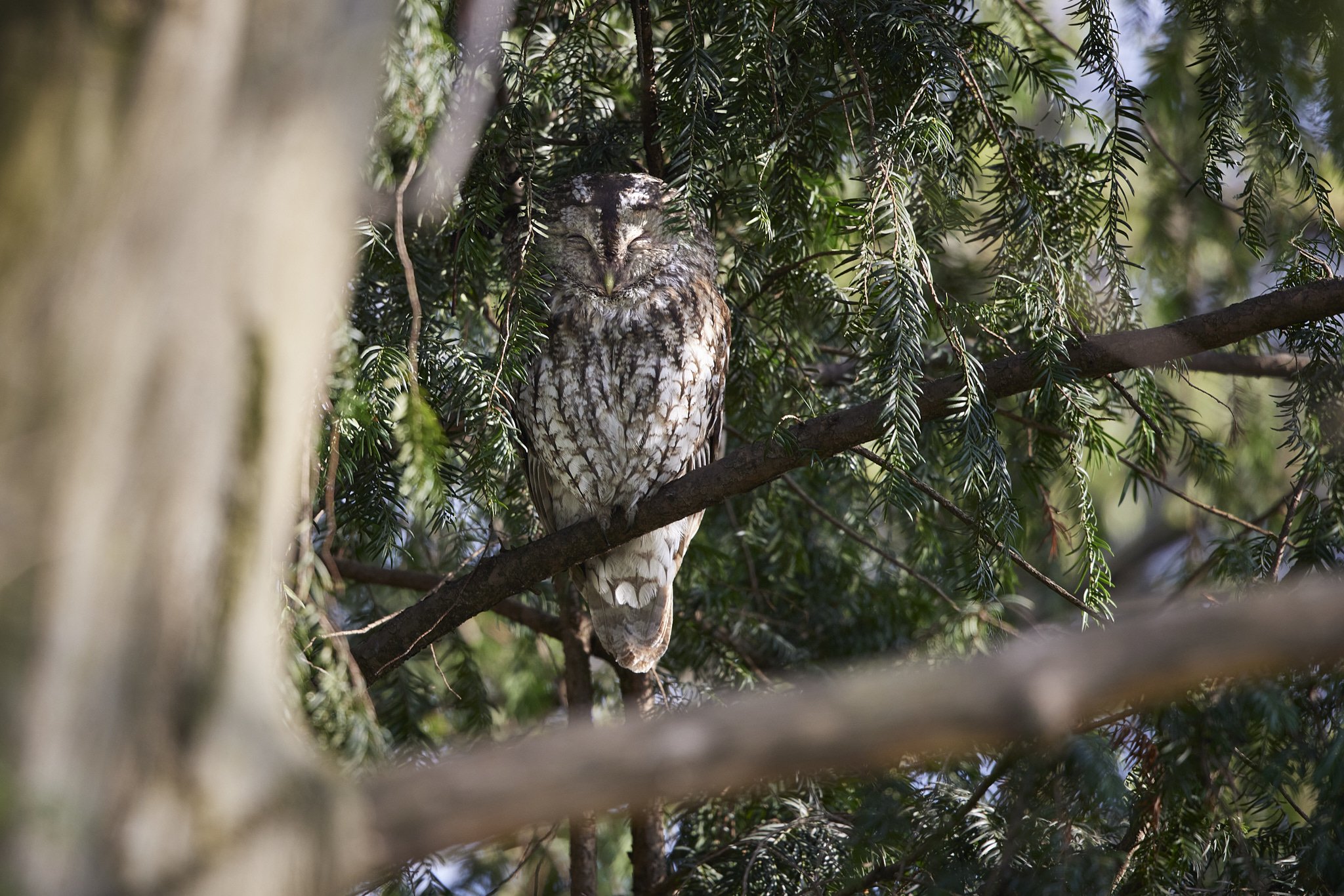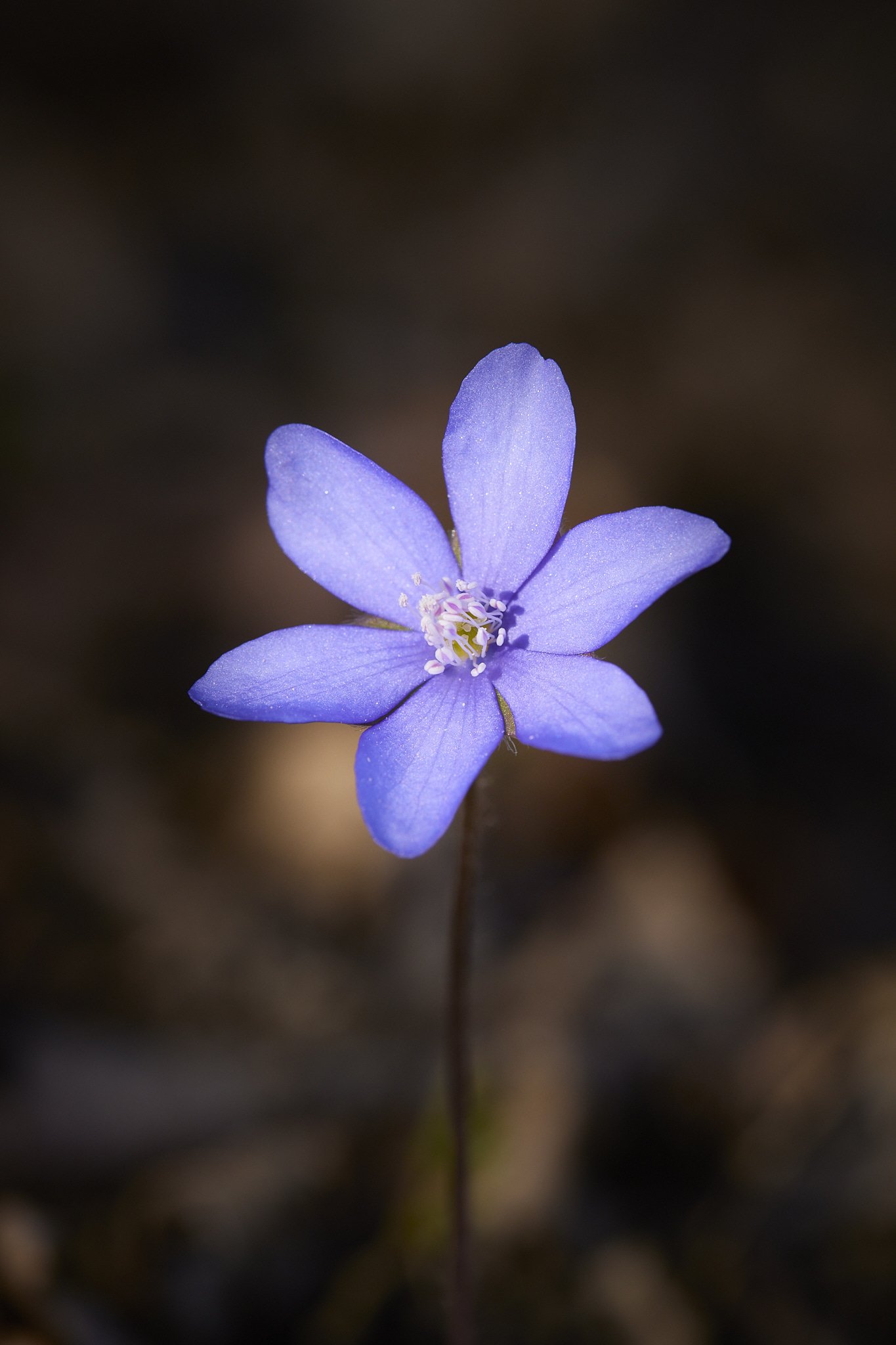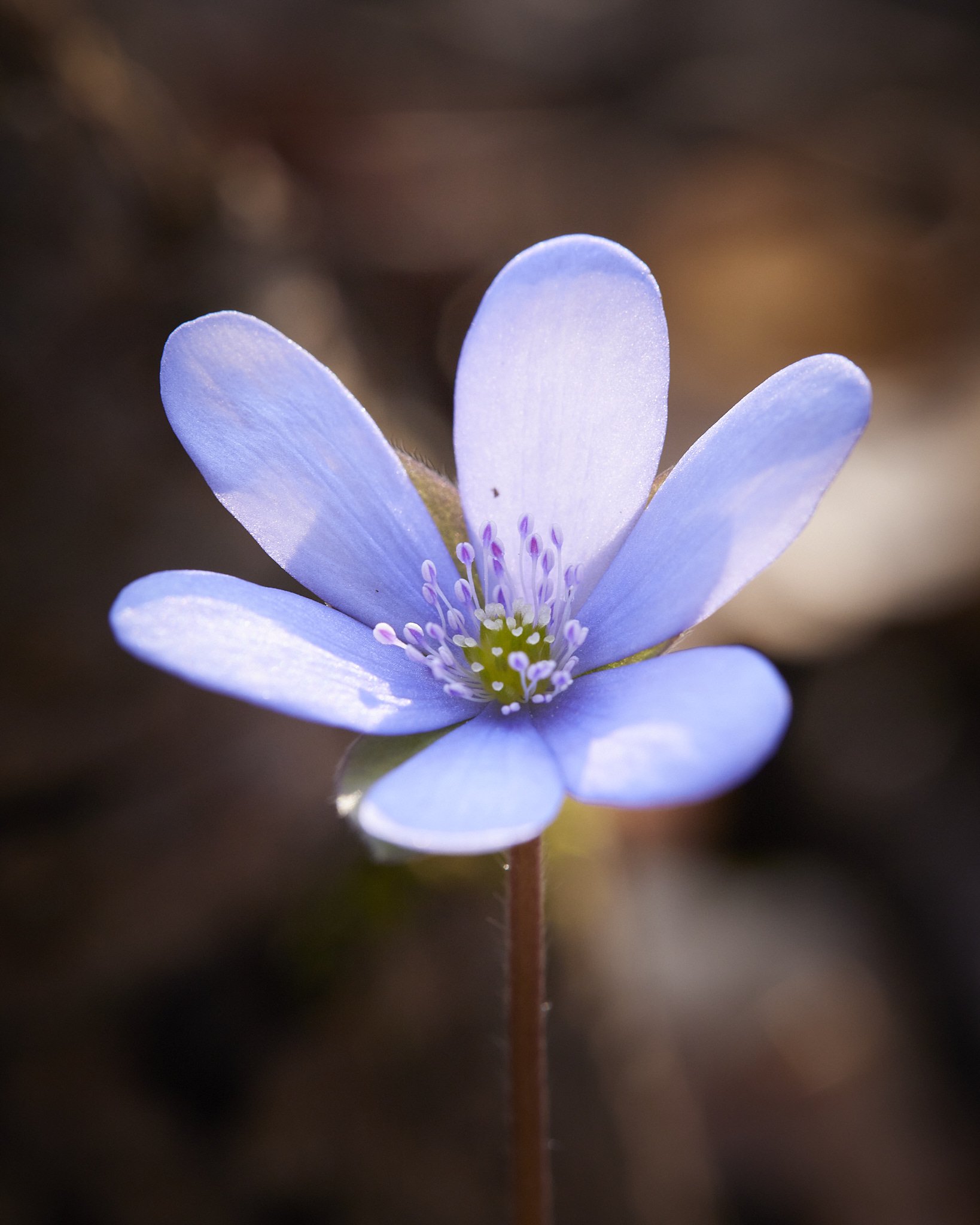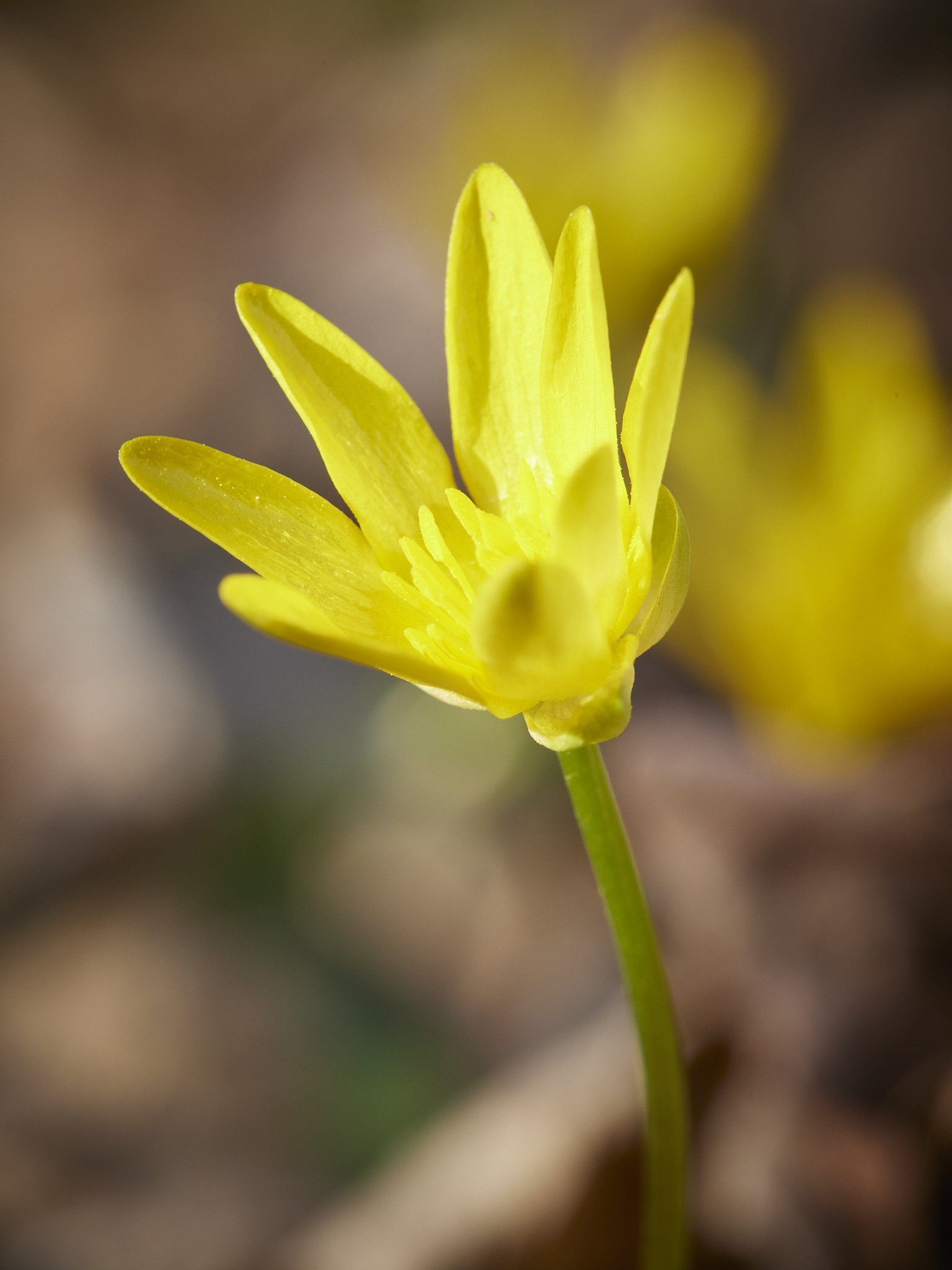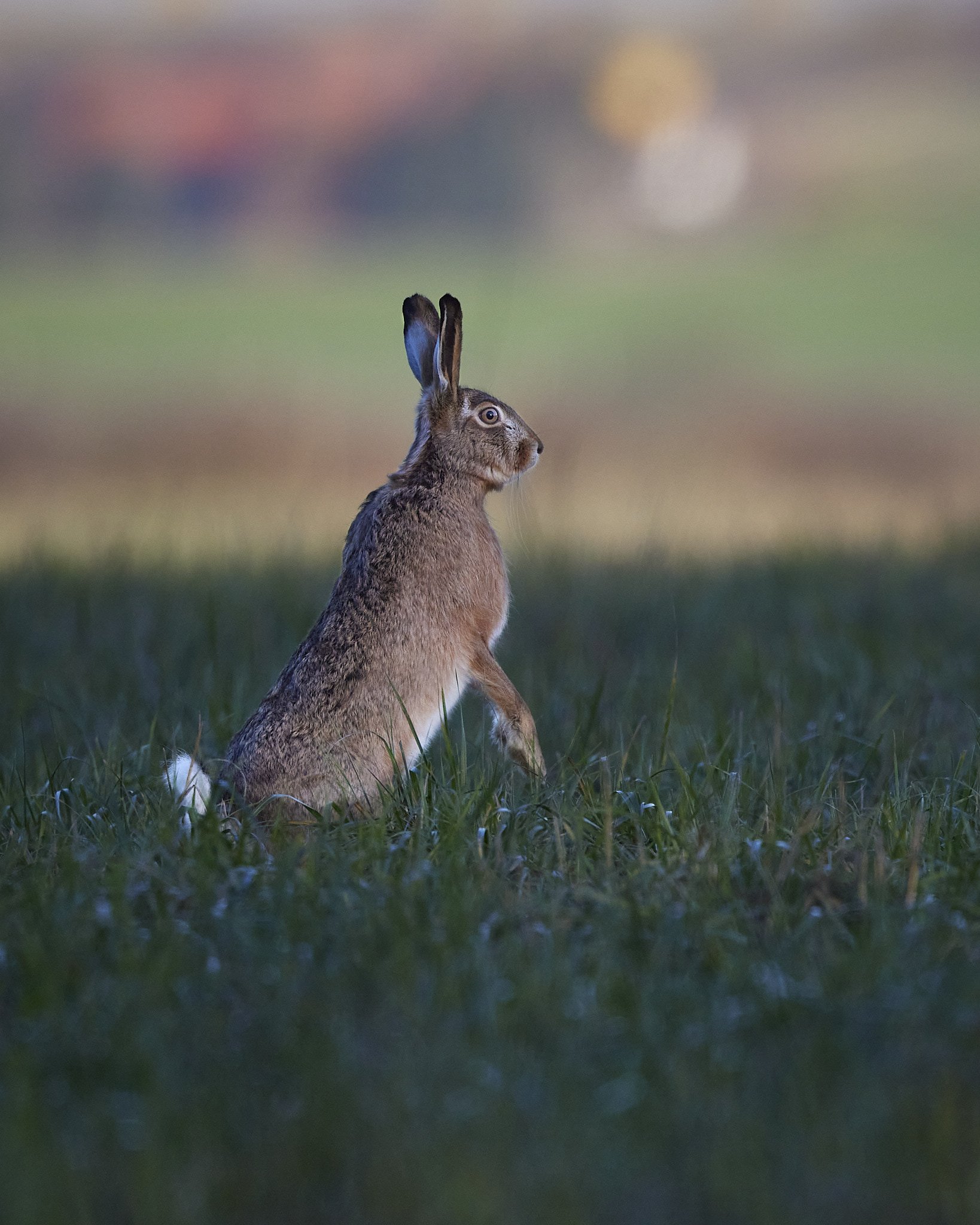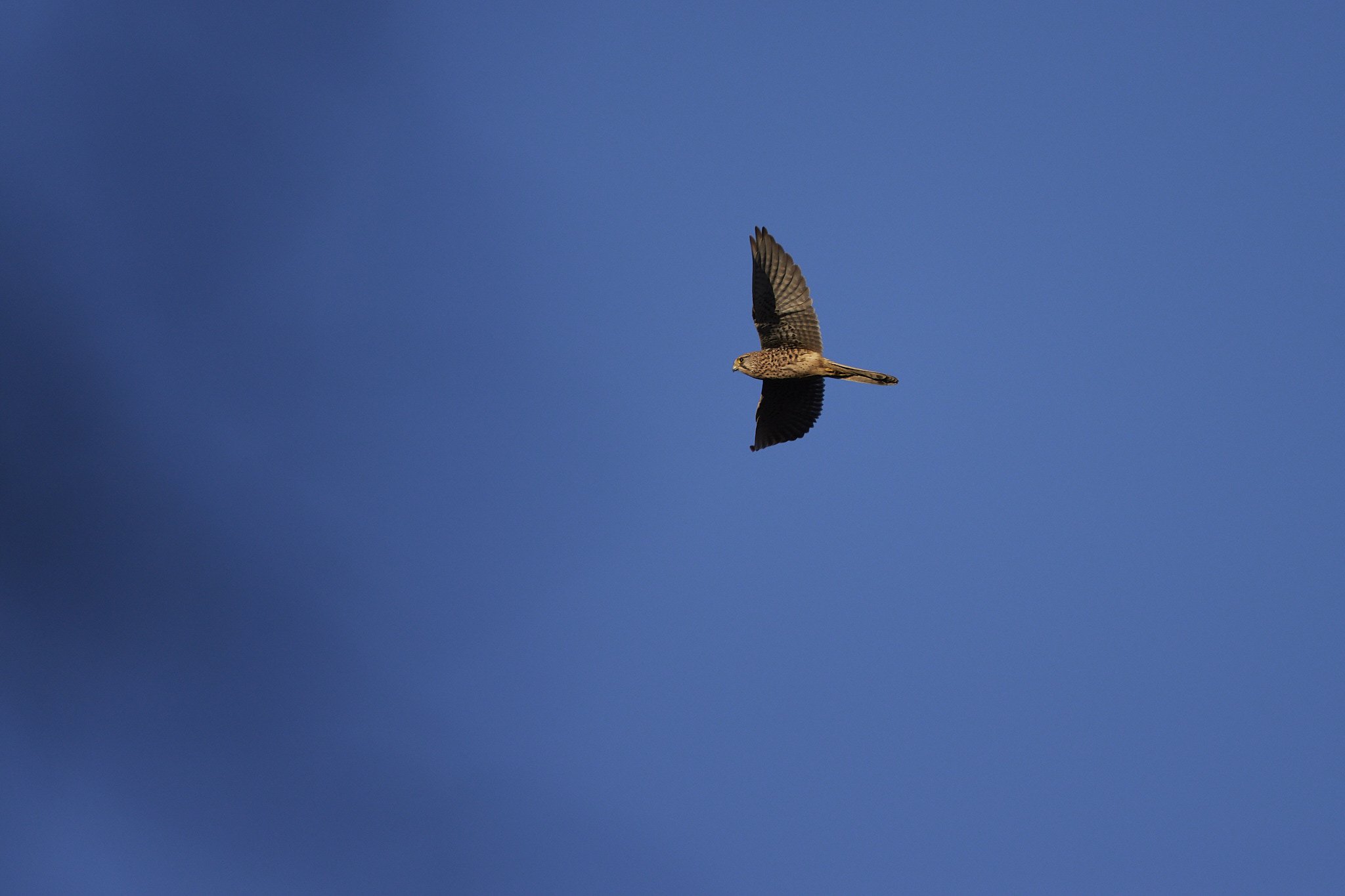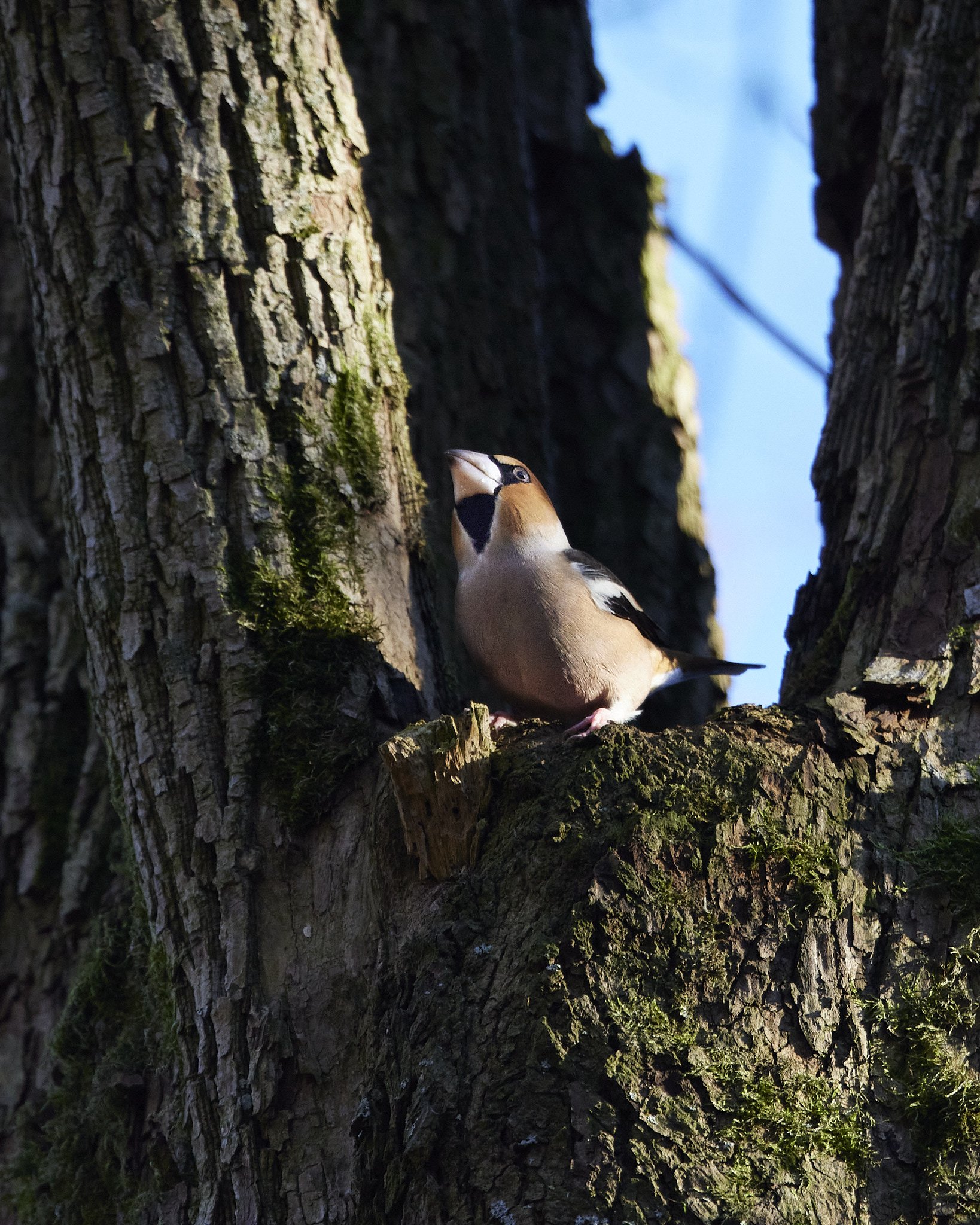I have been born in a region of Germany that is famous for its vast fields of heather. When the heather is blossoming in all its vibrant purple glory, it is really wonderful to behold. Enjoy “Lüneburg Heath”!
nature
Croak, croak, Water frog! (Botanical Garden revisited) /
In spring I often visited the local “Alter Botanischer Garten” in my hometown of Goettingen to photograph early blossomers. I dedicated an entire blogpost to this topic. Now I revisited the Botancial Gardens with an entirely different purpose: Frogs. More precisely: The common Water frog, also known as Green frog (Pelophylax kl. esculentus).
Water Frog courtship
From May to early June a small pond inside the garden is the stage of a beautiful and rather noisy spectacle. The courtship of the Water frogs. They gather in quite some numbers in the pond and do not care at all about stealth. They sit and swim and mate quite openly, but most of all: They croak. They croak that loudly that you can hear them from the nearby streets when you just walk by. It’s fantastic!
Both of its names, the Water and the Green frog are describing some key characteristics of the frog as it as mostly aquatic and very green. But from here, it gets way more complicated. According to Wikipedia, “Pelophylax kl. esculentus is the fertile hybrid of the pool frog (Pelophylax lessonae) and the marsh frog (Pelophylax ridibundus). It reproduces by hybridogenesis.” Hybridogenesis has only been described with three frog and some fish species. So in the end, this little screamer is quite special in a biological way.
All biological oddities aside, it is quite a beautiful sight to behold (if you are into frogs). The frogs allow you very close, they are active, but not hectic. This makes it quite easy to observe and photograph. Usually people in urban environments tend to overlook wildlife, but not here. The courting and croaking frogs attract a huge audience to the beautiful Old Botanical Garden of Goettingen University.
Seabirds in North Frisia: Where Germany ends /
In the northwestern corner of Germany lies the province of “North Frisia”. It has a coastline with the Northern Sea of over 400 kilometres and is famous for its “Warden Sea” and Schleswig-Holstein Warden Sea National Park, the largest in Germany. Together with the neighbouring Wadden Sea national parks it is over 8.000 km² large. Around two thirds of the area is permanently under water, while one third is periodically dry. The Wadden Sea is one of the most important resting habitats of arctic birds in Europe if not the world during the annual bird migration. The neighbouring salt marshes are a large and important breeding ground.
Land of the Wadden Sea
At the German coast, the North Sea has a tidal range of about three to four and a half metres. During low tide the water retracts and exposes mud flats of up to 40 kilometres width: The Wadden Sea. It is an enormously important habitat for nature and wildlife of all kinds. Hundreds of thousands of birds have their feast on marine worm, shellfish, crab and other. With high tide, when the water returns every twelve hours, all those birds are force inwards towards the shoreline and beyond into their rest places in the saltwater marshes and koog’s (a large type of polder) which makes for an unique observation and photography opportunity. And this is, why I recently went there with a group of local birdwatchers. To watch and marvel and photograph.
Birds, birds, birds
Mid-May the area is a birding paradise. Waders, terns, seabirds, gulls, songbirds, birds of prey. They were there in abundance. The sheer numbers of waders, and terns but also of White-tailed eagle and Harriers was simply astonishing. This and the high number of observation spots and hides made for some unique birding, some in really close proximity, such as a Black-tailed godwit (Limosa limosa) and lots of Northern lapwings (Vanellus vanellus) right next to the street. The smaller waders such as Dunlins (Calidris alpina) and Red knots (Calidris canutus) proved a lot harder to photograph, but still beautiful to watch. Bearded reedlings (Panurus biarmicus) were feeding their young in the reeds. Warblers and skylarks were singing everywhere.
Waders, waders, waders …
From left to right:
Black-tailed godwit (Limosa limosa): A large, long-long-legged, long-billed shorebird which is actually breeding in the Northern Frisia region.
Grey plover (Pluvialis squatarola): A circum-polar arctic breeder with a striking breeding plumage of black, white and golden speckles.
Bar-tailed godwit (Limosa lapponica): This species holds the record for the longest non-stop flight for any birds. In August 2007, a female specimen departed on an eight-day non-stop flight from western Alaska to New Zealand: 11,680 km (7,258 mi). This female then continued a 174 day round-trip journey of 29,280 km (18,194 mi) within 20 days of flying.
A flock of Dunlins (Calidris alpina): One of the most common species of waders in Europe. Flying in large and spectacular formations.
Northern lapwings (Vanellus vanellus) do have an unmistakable flight-call. Its sound (“Ki-Witt”) lead to its German name (Kiebitz). They perform spectacular courting flights.
Terns, terns, terns
One beautiful evening, our little group was watching the high-tide resting place in a local “Koog” behind the dyke, when a member of the group pointed to a group of hunting terns (both Artic Terns; Sterna paradisaea and Common Terns; Sterna hirundo respectively) right at the far side of the levee. The scenerey was astonishing. Back-lit, with the sun causing millions of beautiful reflections in the sea. Terns are famous as blazing-fast flyers and to see them hunting so close was really impressive. I shot a lot of frames and luckily captured one or two moments when the terns caught some prey.
The best of the rest: Reedling, Warbler, Hare, and so much more!
But this was far from it. There were animals literally everywhere. Bearded reedlings (Panurus biarmicus) feeding its young. A Sedge warbler (Acrocephalus schoenobaenus) displaying right in front of me. Grey partridges (Perdix perdix) in the evening. So many sheep. A White-tailed eagle (Haliaeetus albicilla) on a fence (“Lahnung”). And a European hare (Lepus europaeus) crossing a sandbank at full speed.
Rarities
During our five-day trip we even beheld some absolute rarities, such as Gull-billed tern (Sterna nilotica), Red-necked phalarope (Phalaropus lobatus), Eurasian dotterel (Eudromias morinellus), Green-winged teal (Anas carolinensis) and Ruddy duck (Oxyura jamaicensis). Of course birding is not all about rarities, but it still is nice to see them.
Great crested grebe's courting.
A Red-necked phalarope searching for food by rotating around its own.
Northern lights
While at the North Sea, we were not only graced by bird rarities, but also by a very special solar phenomenon. Northern Germany was hit by a heavy solar storm which caused us to see Northern lights (Aurora borealis), which is extremely scarce as far south. Although the photographic sensor (in this case a quite crappy smartphone) enhanced the colours quite a bit, it was beautiful and visible to the bare eye, too.
The grand finale
For the grand finale, please enjoy all images in one large gallery. Please navigate with the left and right buttons.
Trip list
The whole trip made up for 122 species of birds. You find the whole list below (German only). A big thankyou to Christian Dienemann for keeping both track and account!
An ode to the Fire salamander /
I stumbled over one of the little Fire salamander (Salamandra salamandra) fellows this very morning when I was doing my woodpecker monitoring round. And boy, do I love them! It’s a sad kind of love though. When I moved into the area, nearly 20 years ago, they were ubiquitous in the local Harz mountains. Climate change with less precipitation and more heat and especially the Batrachochytrium salamandrivorans (Salamanderpest) fungus decimated the beautiful salamander heavily. The chytrid fungus has only been described scientifically in 2013. In the past ten years, the fungus has killed 98 percent of the population in the federal state of Niedersachsen (Lower Saxony), This brings the little guy to the brik of extinction within only ten years.
It’s our shoes and our dogs who trasmit the disease. So please desinfect your shoes regularly and keep your dogs leashed when in Salamander area.
Pheasant tales: Beautiful bird, sad bird /
When it comes to splendour and grand air, not a lot of European birds rival the Common Pheasant (Phasianus colchicus). But this is where the sad part starts. Because it is actually not even European.
Jagdfasan. The pheasant which lives to be hunted.
The Common Pheasant is native to East Asia. During the medieval period it has been introduced to European courts and royalty. With the beginning of the 19th Century humans began to breed and raise Pheasants to be released into the wild only for hunting purposes. This sad practice continues to this day and is reflected in the Common Pheasants German name “Jagdfasan”, which literally translates to “The pheasant for hunt”. The population is not self-sufficient, so every year a new breed of the colorful Gallinaceous birds is released to “freedom” to be shot. The birds that escape the shooting will sooner or later die of cold or predation.
Colourful beauty
Whenever I see a Pheasant, I feel both: Joy and sadness. Joy, because it’s such a gloriously beautiful creature. And sadness, because it only lives to be shot.
Lovely local Tawny Owls /
After a one year break, my well known urban Tawny owls came back to the local park nearby to bread. You recognise the female owl by its distinct reddish hue. In 2021 it bred downtown, 2022 it evaded an Eagle owl, and 2023 it came back.
The early owl
I was more than a little surprised when I heard the little owlets begging as early as the first week of April. The next few days revealed three branchlings - one distinctly smaller - who all seem to have made it through the dangerous first days and weeks before they finally learned to fly and I lost track of it.
Spring love
I visited the owls nearly every day for a period of nearly two weeks. By day, they and their watchful parents preferred to hide within the dense branches of a Thuja. After dusk they roamed a considerably larger area, sitting every night in different branches of the surrounding trees, begging. With the owls, the park vegetation grew and grew, too. A lovely spring!
Early blossomers: Liverleaf, wood anemone and snowdrop /
Right now, while I am writing these lines, the first liverleafs stretch their heads through the ground. Time for me to revisit two wonderful days in spring 2022 with lots of liverleaf (Anemone hepatica), wood anemone (Anemonoides nemorosa and Anemonoides ranunculoides) and snowdrops (Galanthus nivalis).
I am not a botanist, unfortunately. I had a flower lover with me, and without her, I would not have taken these images. This makes me very thankful. I myself overlook the wonder and beauty of plants way too easily, as I have very little knowledge about those beauties.
That’s why there is not much of a story that I can tell here. I leave it to you to behold and wonder and make your own story of it.
PS Oh and of course, I met some animals, too.
The real meaning of 1st. /
A Bohemian waxwing taking off with its favorite food.
Seeing a bird for the first time is a special and thrilling feat for most birdwatchers and -enthusiasts. Back in January I had this very pleasure. Bohemian waxwings came in quite some numbers to Northern Germany. This isn’t too unusual and happens every few years. But since I am still a newbie in terms of birdwatching, I did not yet experience this occasion.
From the very beginning of my birding-thing, I was fascinated with some species in particular. First of all, there is my much beloved Raven - all kinds of Corvidae in fact. And I really have a fancy for the wonderful Spotted nutcrackers, Sanderlings and Common Ringed Plovers. Less originally though, I have always been fond of some of the the more colorful species since I acquired the great “Kosmos Vogelführer” - such as the Atlantic puffin, the Great kingfisher, the Bluethroat and of course the Bohemian Waxwing. Scandinavia-lover who I am, those Waxwings had a head start into my heart and the fact that one of my most appreciated wildlife photographers, Markus Varesvuo from Finland, often shared waxwing images helped with my fascination.
“When word spread that Waxwings were here, I became a little thrilled.”
I had to wait until this year to see it. When word spread with the local ornithologists that Waxwings were here, I became a little thrilled. I went out with my trusted binoculars, but without success on the first outing. Since they usually feast on Mistletoes, Rowan-berries and Common snowball I kept my good mood and was sincere to find it. One day later a large flock has been reported at a local camping site - easily accessible via car. What happened next was an unpleasant surprise. Loads of birdlovers and -photographers swarmed the place. All well equipped with hiking boots and trousers and heavy packs and what not - right within the city. More annoyingly they behaved as if this was there place, coursing the campers for scaring off the birds, getting in the way of everyone, noising and being way too full of themselves.
What was missing was the waxwings - smart little birds they are. I decided that this was not my place and went for a long stroll around a nearby lake, breathed deeply and forgot all the annoyance, came back - all those Waxwing-hunters had been gone, sat down and waited for ten minutes or so and was rewarded with a flock of 37 birds: noising and brawling and enjoying the Snowball berries. The light was wonderfully subdued. Short: I couldn’t have been more lucky.
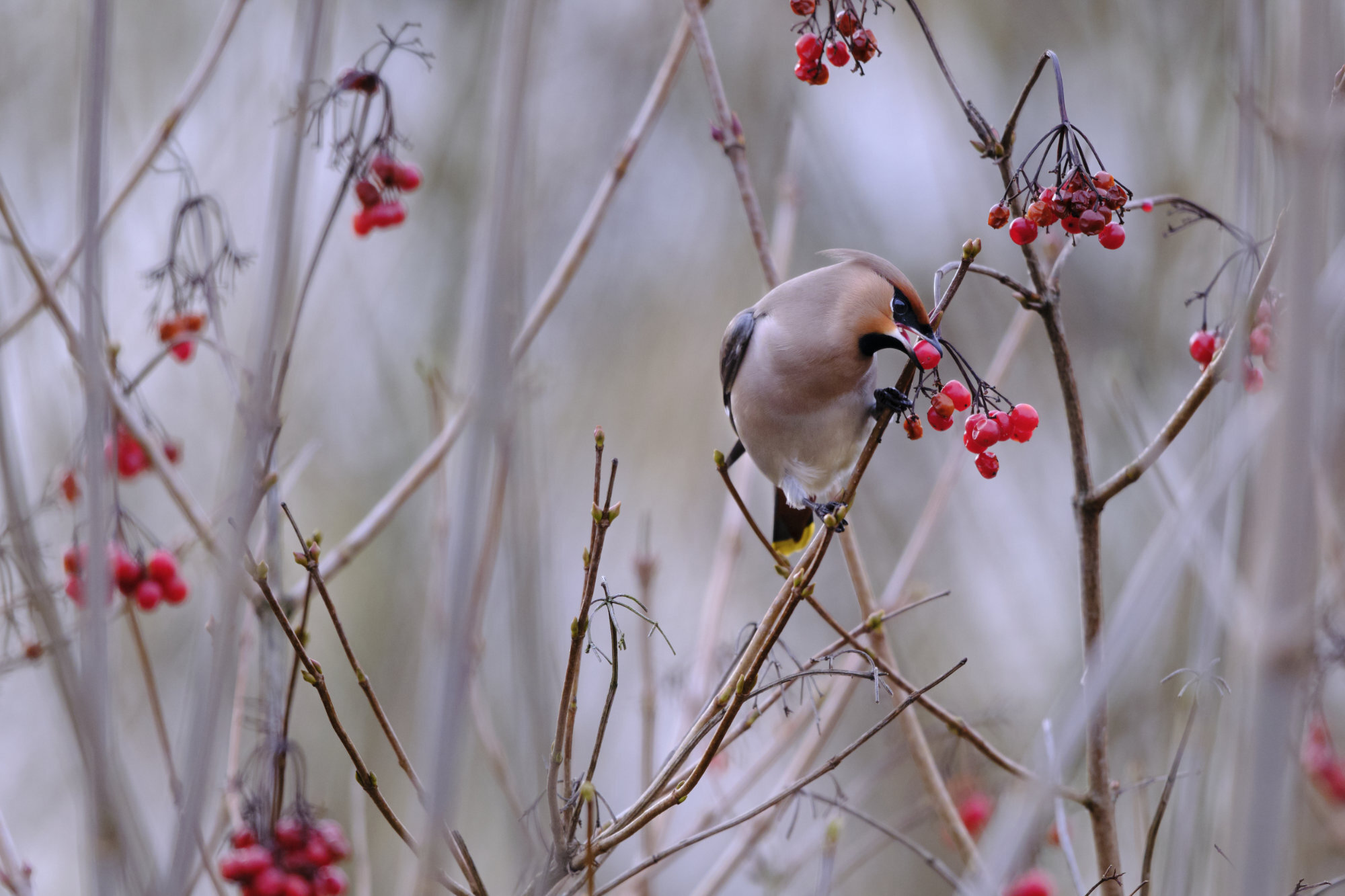
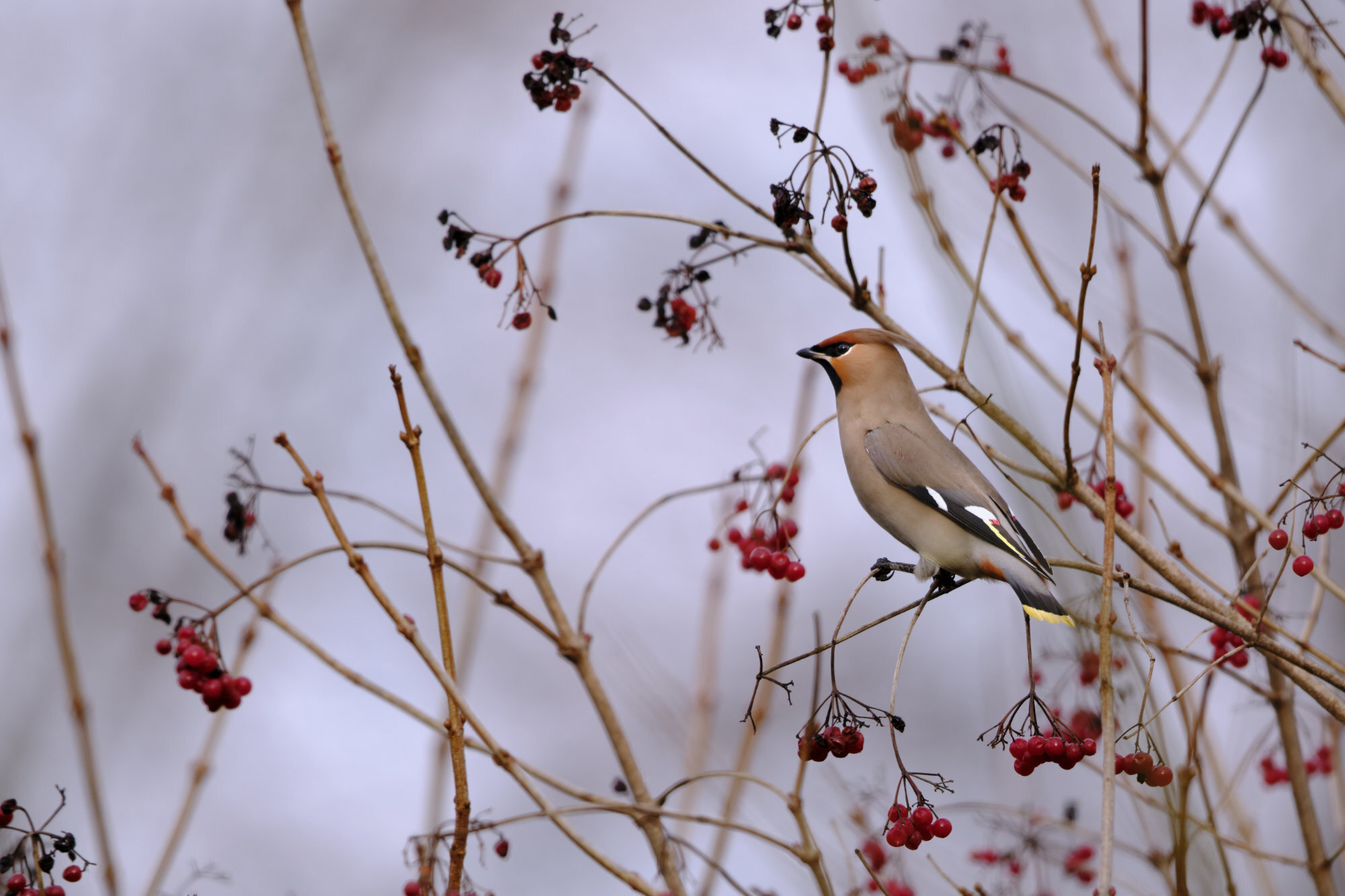
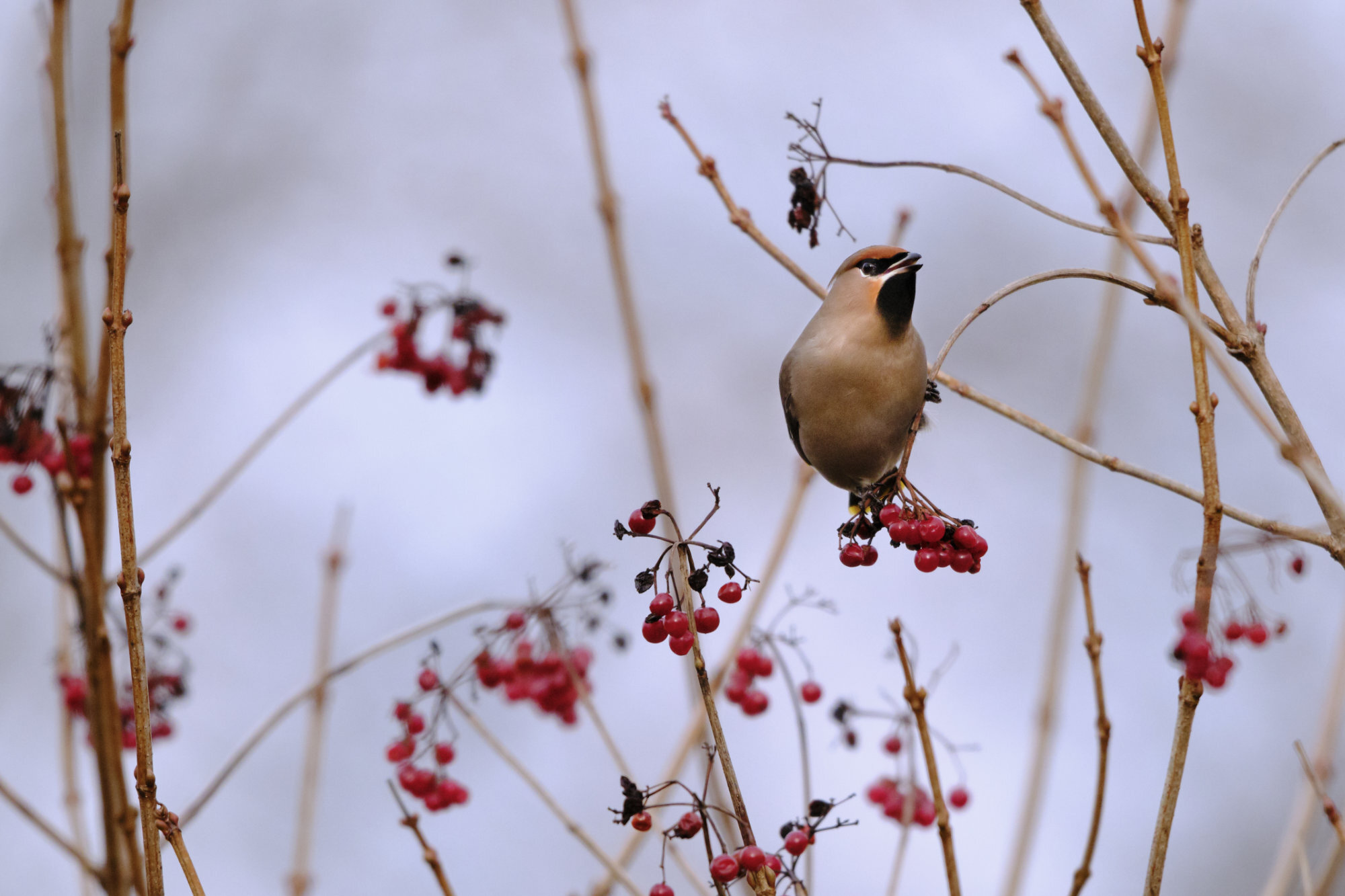
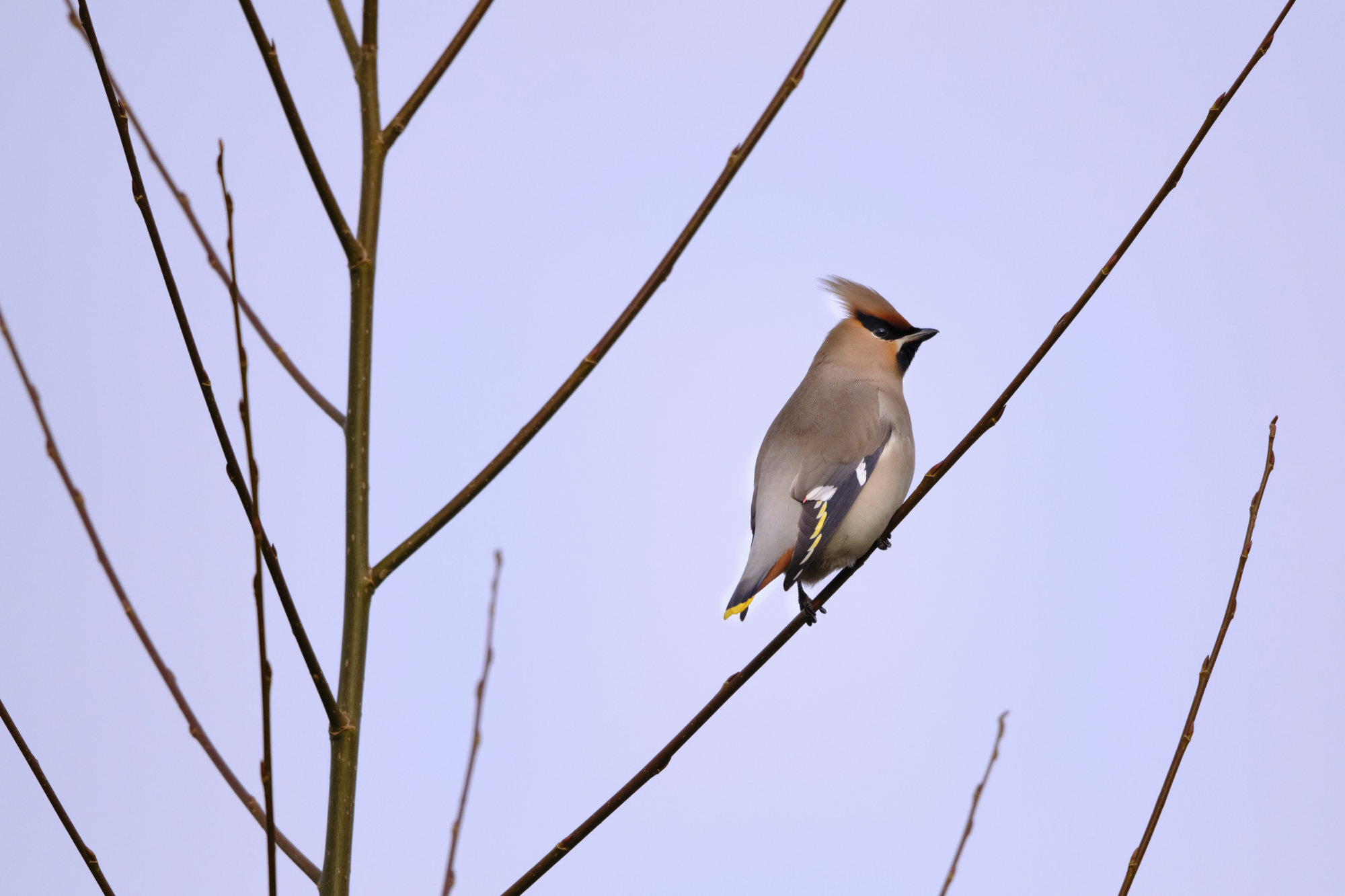

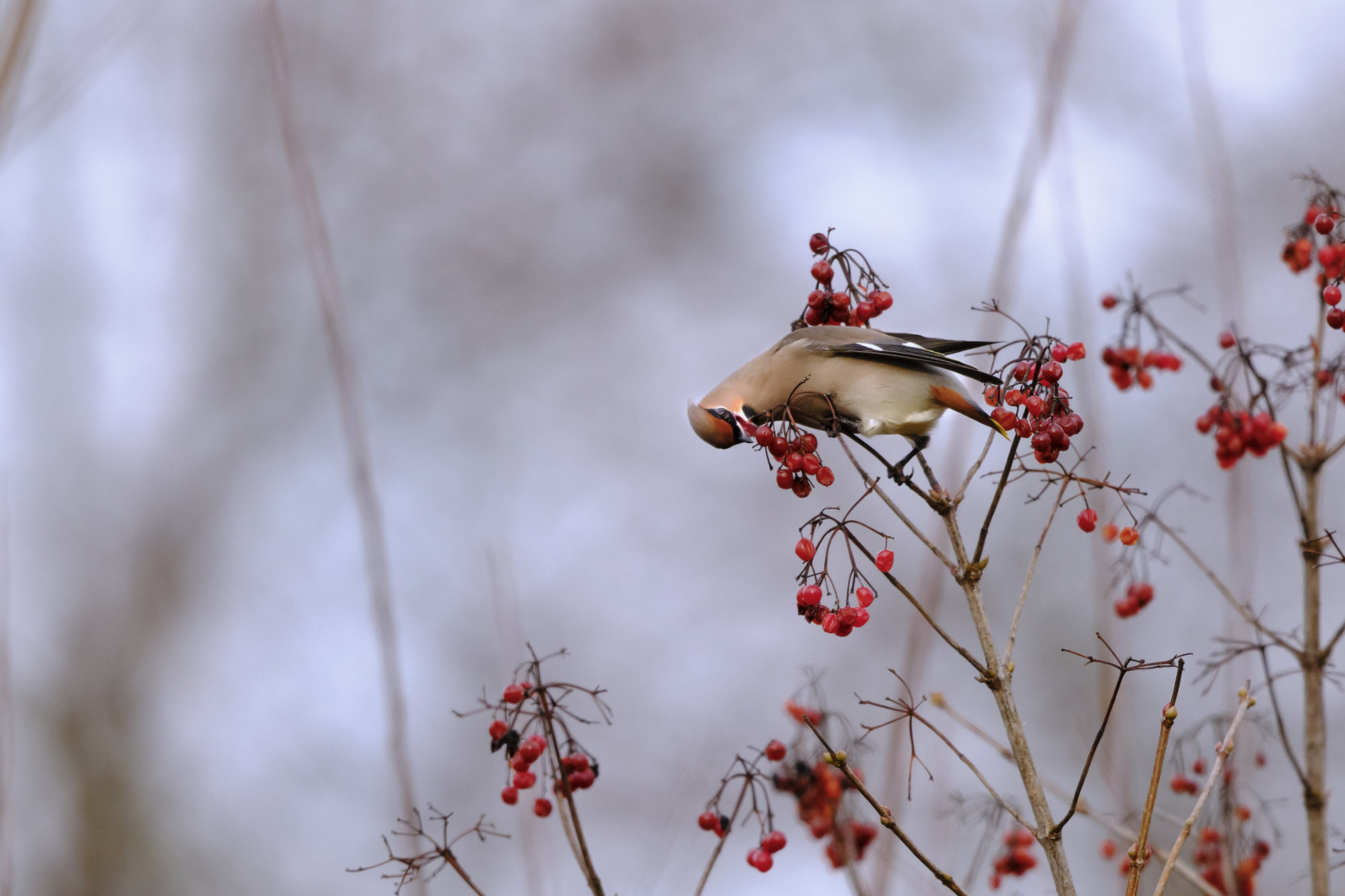
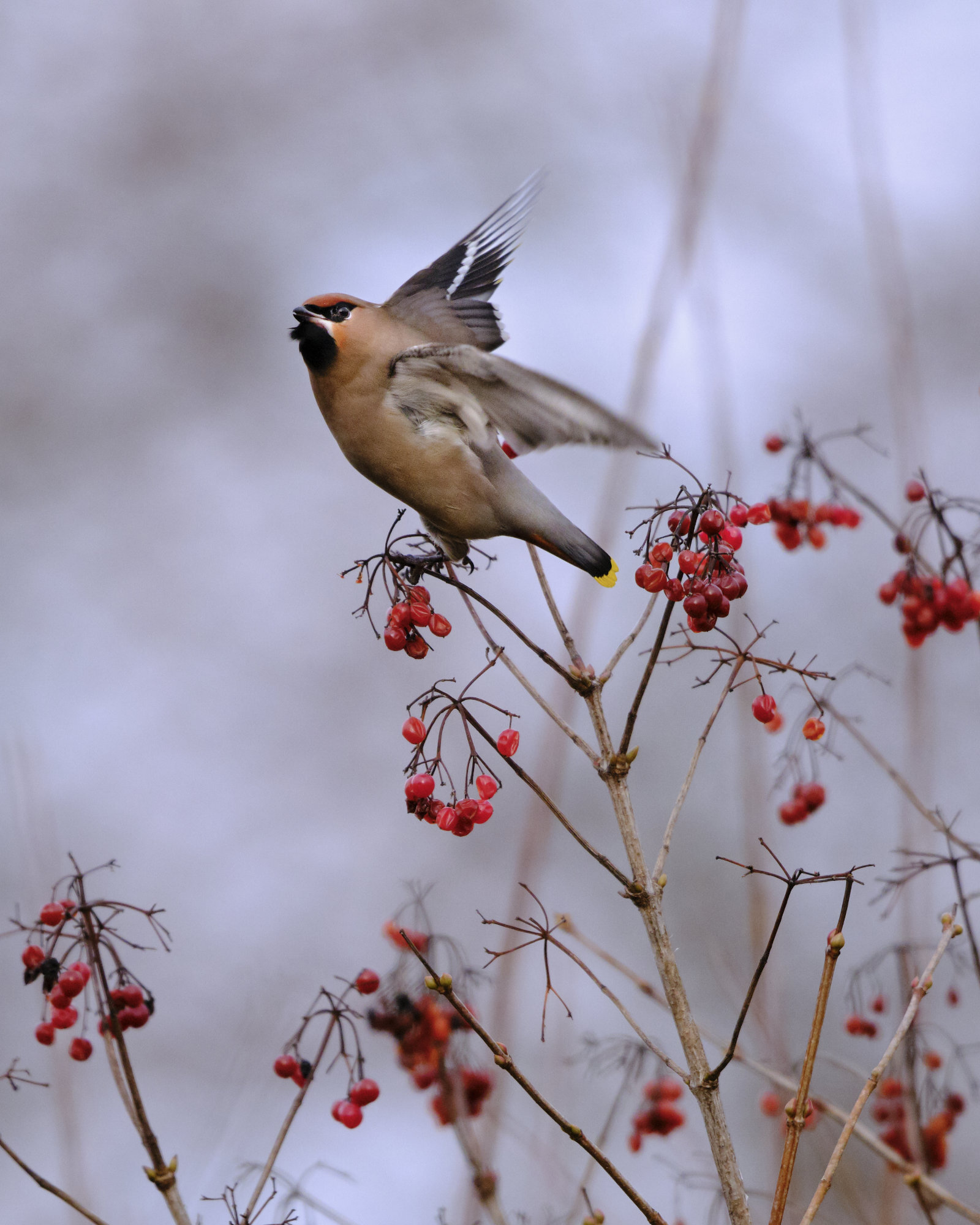
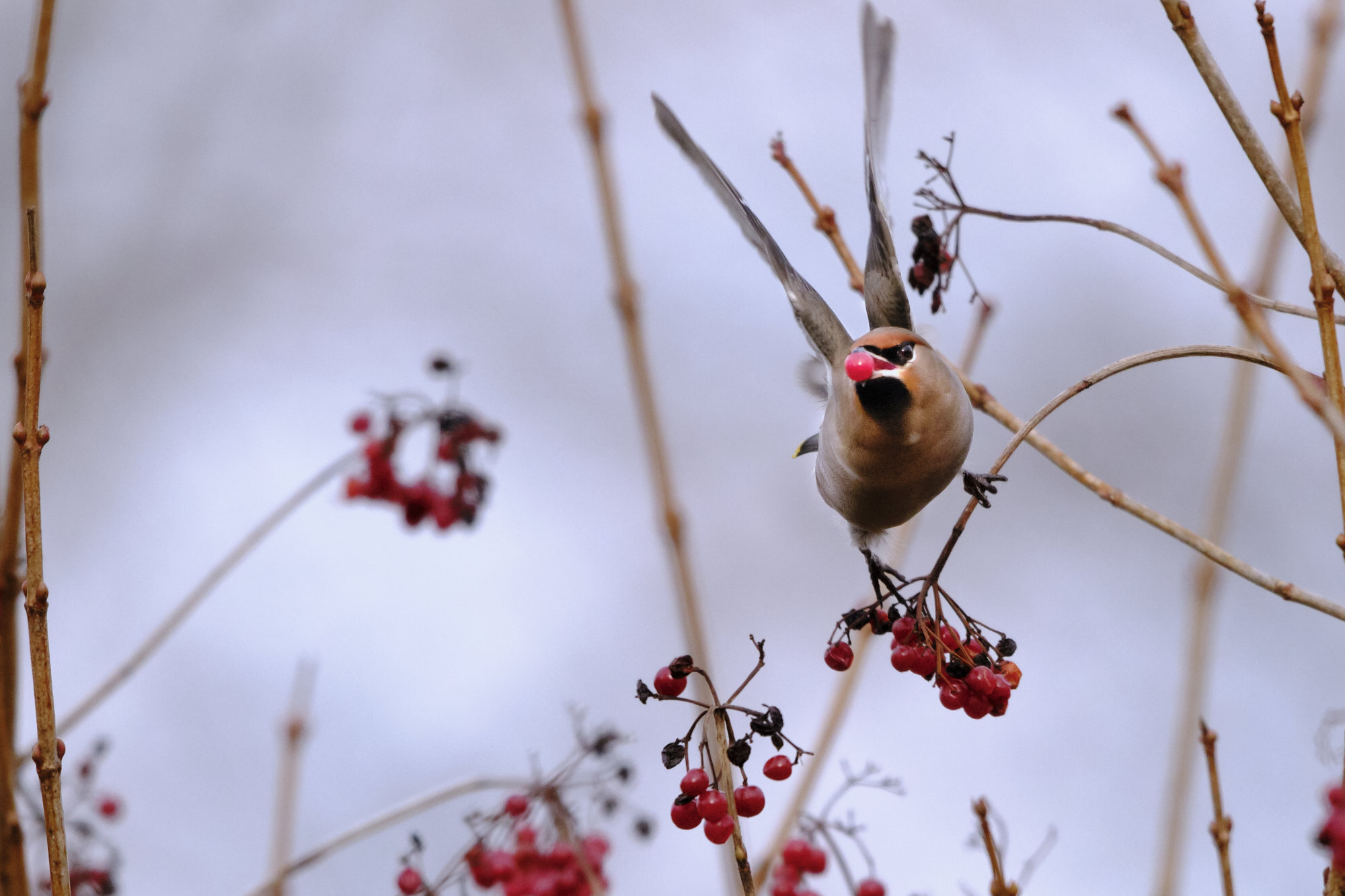
“It’s not about ticking some species off of a list.”
The rest is history they say. One happy photographer with a shitload of images to process. Forgotten my irritation about those noisy birdloving photographers I met before. The magic of the moment took over. So I put aside the camera, grabbed my binoculars and watched and listened. Isn’t this what it’s all about? It’s not about ticking some species off of a list. It’s not about hunting for an image as inquisitive passerby oft ask. It’s about experiencing the moment, learning about the ways and behaviour of wild animals that are not subject to man. This is the real meaning of a first. The moment that you will only experience once. This excitement, this joy.




















































































